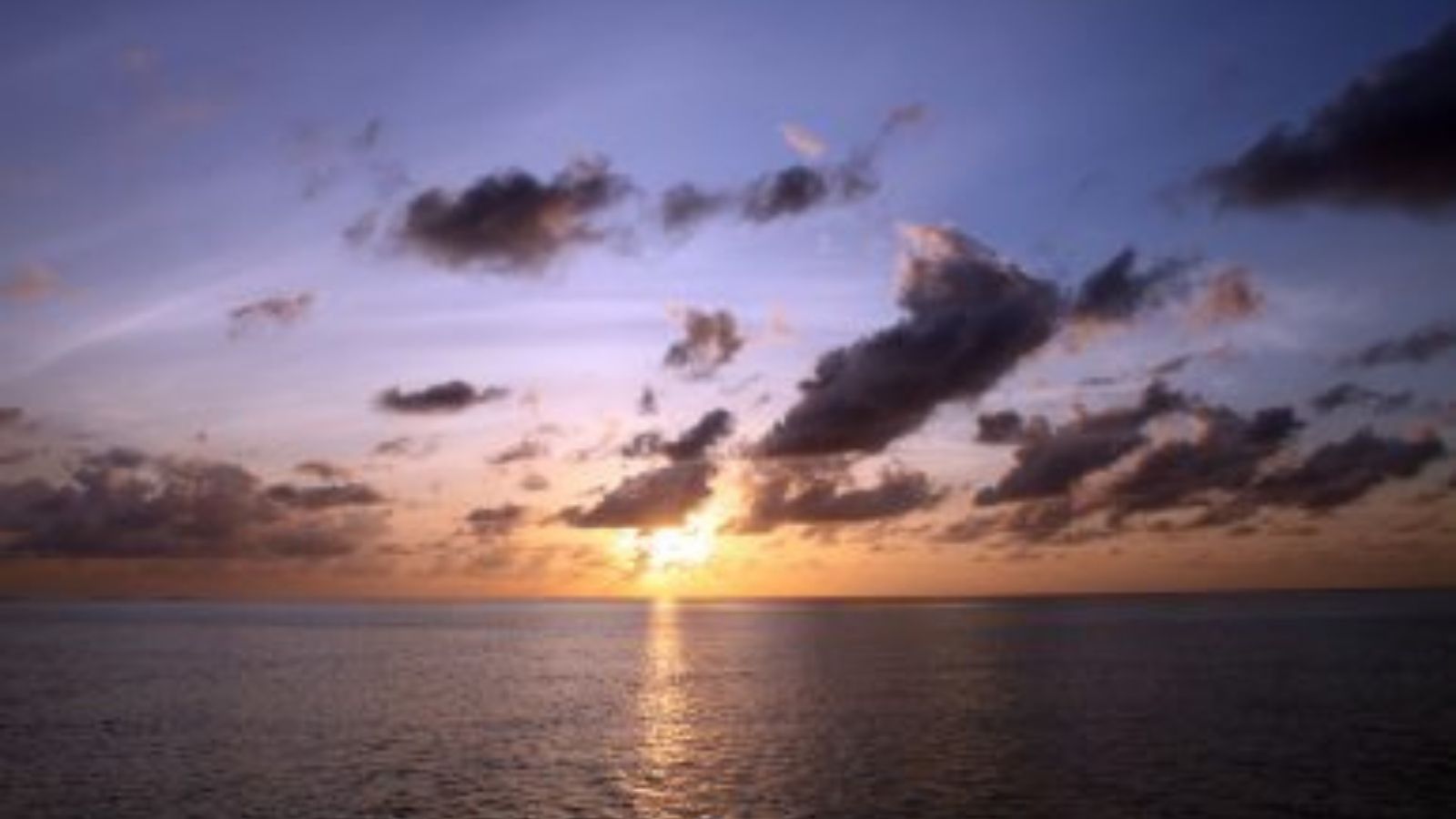By Arunima Gupta, Former Senior Manager, Strategic & Foreign Relations at Rashtram
This article was published in the TheDiplomat
The source of the image is Vision India Foundation
With global power dynamics shifting from West to East, regional powers, namely China and India, have shifted focus to an ocean-based approach in determining geostrategies and foreign relations. The Indian Ocean, which facilitates a significant share of world trade and serves as an economic lifeline for over 2 billion people, has become a geopolitical hotbed. The Straits of Malacca in the east and Hormuz in the west are some of the most strategic choke points in this region, which hosts 64 percent of the world’s oil trade and movement of half of the world’s carrier ships. The availability of 40 percent of the world’s offshore petroleum, mineral deposits, and extremely diverse marine ecosystem, further makes the Indian Ocean region (IOR) important for economic and geopolitical interests.
Major littoral nations like China, India, Australia, France, as well as the countries of Southeast Asia and Africa ensure their strategic interests in the region through their own island territories or through engaging with smaller island nations.
There are two major reasons that explain the increasing significance of Indian Ocean islands: their location, which makes them vital for establishing a regional naval presence, and their proximity to sea lines of communications (SLOCs), which facilitates patrolling in the region during times of peace and conflict. The presence of these major powers in the form of naval establishments, trade, and infrastructure development aid to the smaller island nations, legitimizes their role as a security provider, thereby also allowing greater influence in the Indian Ocean region.

